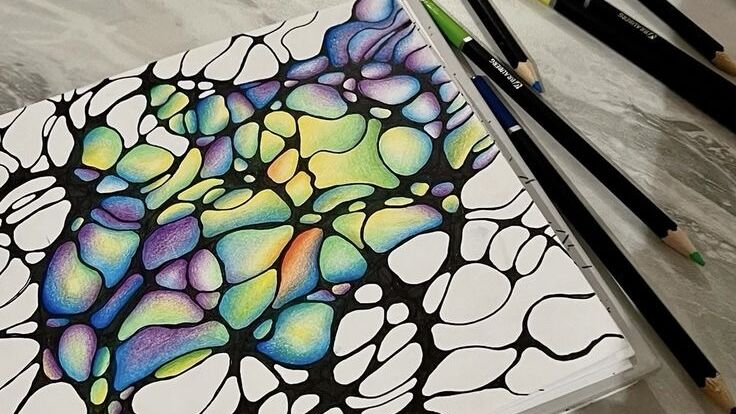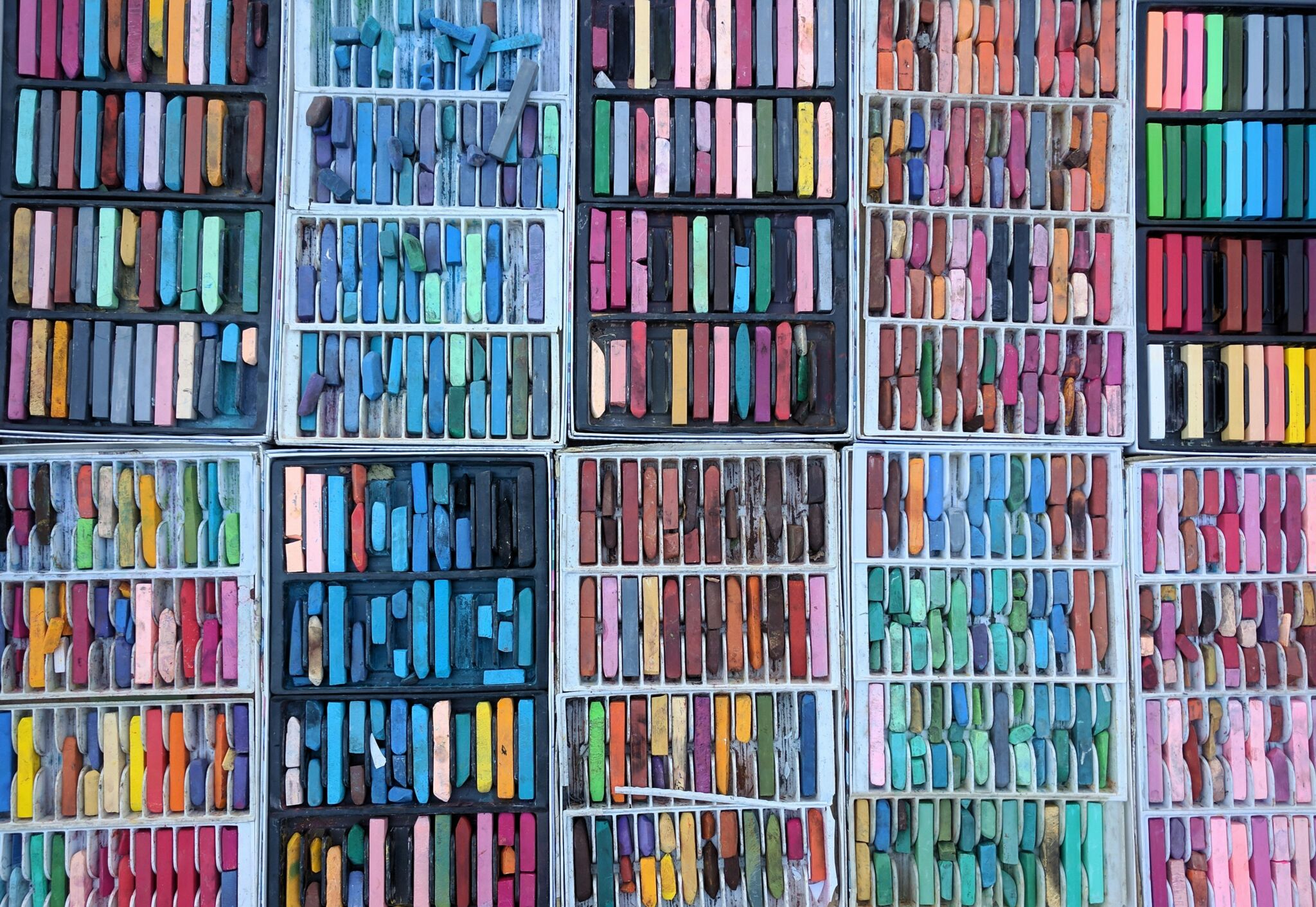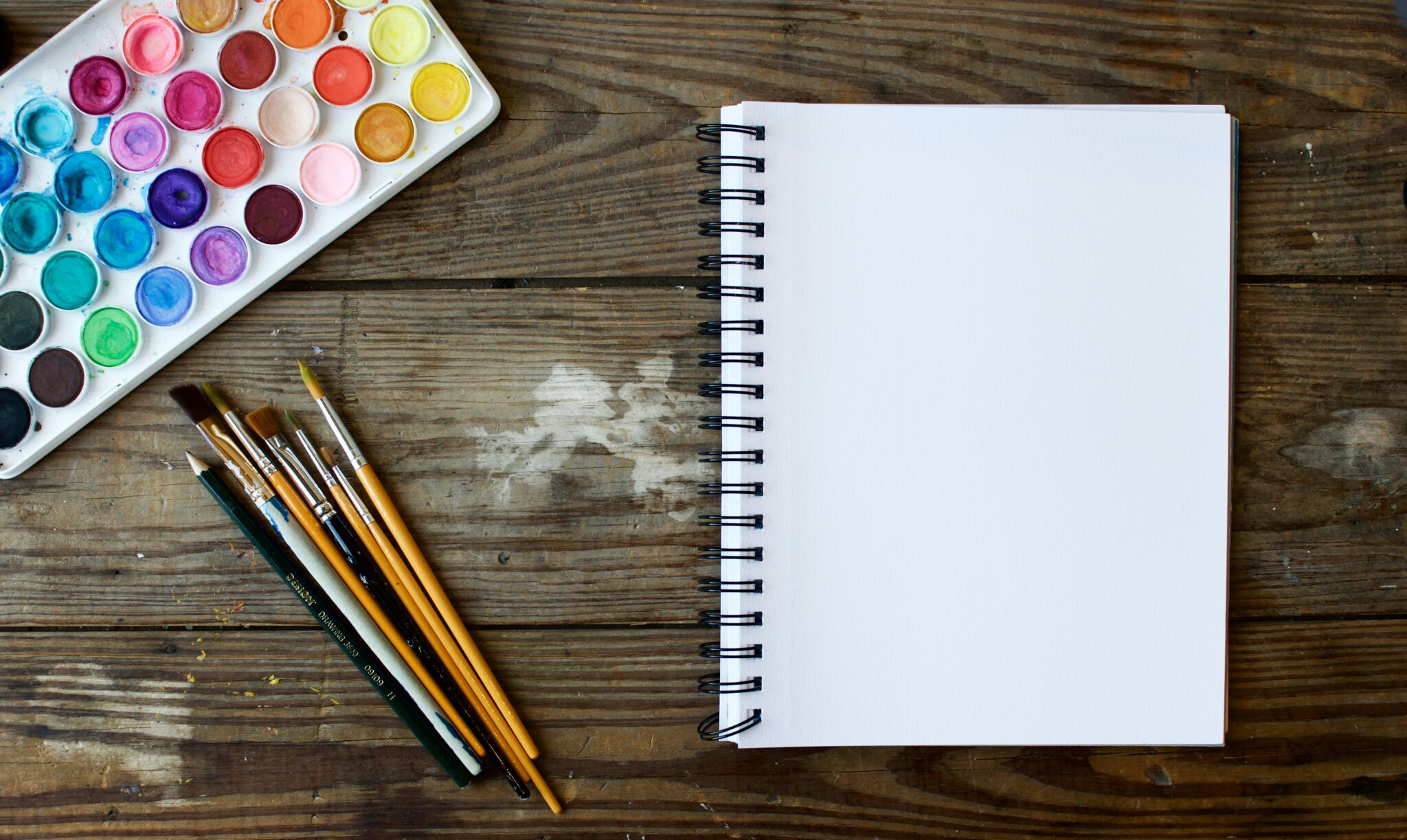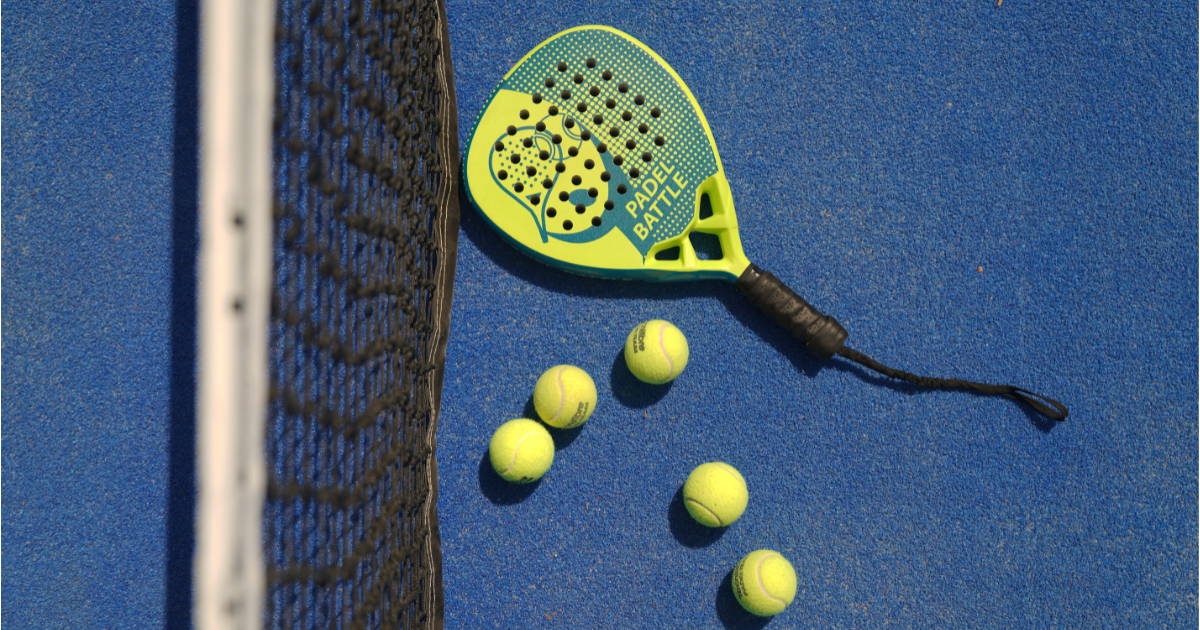Neurography: the art of transformation through lines
How this therapeutic technique reshapes thinking and helps manifest dreams

A few fluid lines can help you reduce anxiety, find inner harmony, and bring you closer to your goals. Neurography is a unique method that combines creativity, psychology, and neuroscience. Through this form of therapy, dreams, and aspirations can not only be written down but also visually drawn, activating the subconscious to bring them to life.
Developed in 2014 by Dr. Pavel Piskarev, a philosopher, psychologist, and coach, neurography emerged as a gentle, non-invasive approach to dealing with stress, overcoming internal conflicts, and achieving desired changes. The method is rooted in Gestalt psychology, art therapy, cognitive sciences, and even neurobiology, offering a creative yet structured way to rewire thought patterns.
The name "neurography" is derived from two key concepts: "Neuro" – referring to the brain and its neural networks and "Graphy" – the act of drawing, which serves as a tool for self-expression and transformation.

Photо: Unsplash
How does neurography work?
This method is based on the fundamental connection between thought processes and visual perception. When we draw specific lines, the brain interprets them as action cues, forming new neural connections. Through neurography, individuals tap into their subconscious, altering their perspectives on challenges and goals.
Beyond goal-setting, neurography significantly enhances emotional well-being. As a form of art therapy, it allows individuals to express feelings that might be difficult to articulate with words, leading to a reduction in stress and anxiety levels.
By visually mapping out a challenge and transforming it into a drawing, the brain registers the shift as a tangible reality. This is why neurography is so effective in reprogramming thought patterns. When aspirations take shape on paper, they become more tangible and attainable to the subconscious mind, bringing them closer to actualization.

Photо: Unsplash
Where to start?
To practice neurography, all you need is paper, markers or pencils, and a little free time. Start by defining your goal or intention, then initiate your drawing with a simple neural line, gradually adding more elements. The key is to let go of control and allow the drawing to guide you, creating a path toward clarity, transformation, and empowerment.


